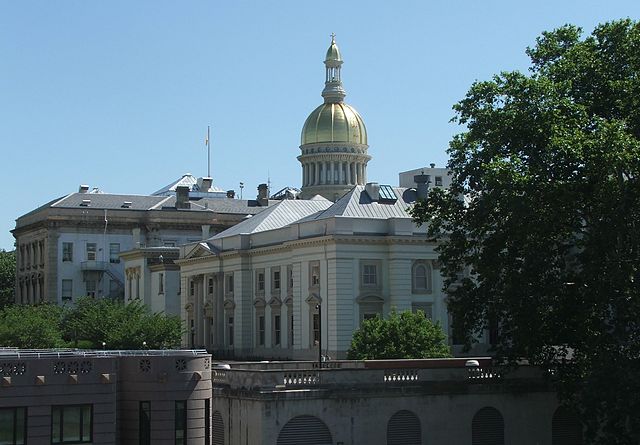New Jersey Senator Stephen Sweeney (D) has proposed a plan to tweak the state’s pension funding formula, which would lower the state’s annual contributions to the pension system.
More details from NJ Spotlight:
Senate President Stephen Sweeney (D-Gloucester) wants to overhaul the state’s pension funding formula to make annual state pension contributions lower and more “manageable” over the next decade while preserving benefits for retirees.
“Governor (Chris) Christie says the state can’t afford to get to 100 percent funding of the public employee pension system, and he used that argument to justify cutting pension contributions by $2.4 billion and to call for public employees to pay more,” Sweeney said in an interview with NJ Spotlight. “But he’s using the 100 percent funding target to inflate the size of the problem and make it look worse than it is for his own political purposes.”
“In the private sector, 85 percent funding is considered the ‘gold standard’ under ERISA,” Sweeney said, referring to the 1974 federal Employee Retirement Income Security Act that sets the guidelines for private pension systems. “That’s manageable. We can get to 85 percent funding, and at that level, we can restore the COLAs (cost-of-living adjustments) for retirees too.”
Sweeney’s plan to change the pension funding formula would save billions of dollars in pension payments in state budgets over the next decade, while still cutting the state’s unfunded pension liability for teachers and state government workers and retirees sufficiently to guarantee the solvency of the pension system. That unfunded liability is now expected to top $60 billion by FY18, up from $54 billion before Christie’s pension cuts.
But John Bury, an actuary that blogs at Bury Pensions, says the plan achieves savings through “manipulating numbers” and doesn’t address any of the real issues facing the state’s pension system. From Bury Pensions:
Most private sector funds (excluding multiemployer plans which are a mess but including ‘one-participant’ DB plans which are thriving) ARE funded at 100 percent and, if not, have to be funded at 100% within seven years under PPA funding rules and the actuarial assumptions that define 100% are legislated (though MAP-21 and HAFTA have watered those down). Apply those private sector PPA factors to public plans and New Jersey’s 54% funded ratio drops to 30%.
A pension system with 30 percent of the funding it needs to cover all accrued pension obligations is clearly regarded as dead to anyone in the business of understanding, and not manipulating, numbers.
